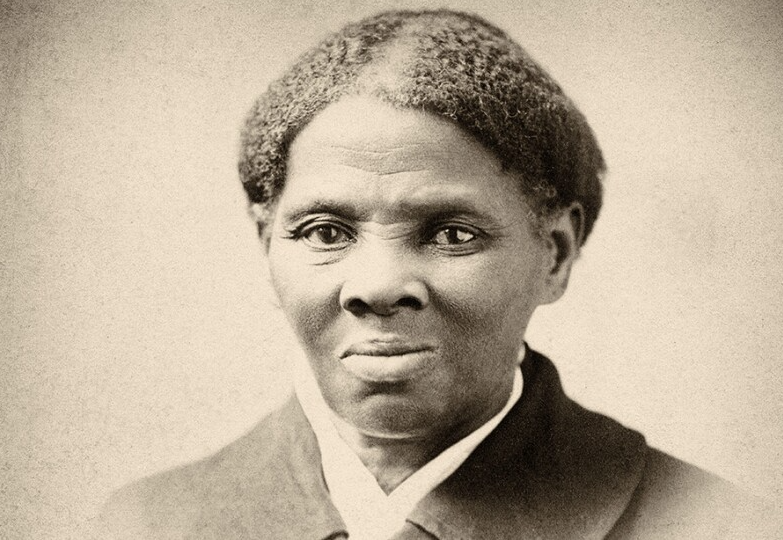Harriet Tubman Biography: Harriet Tubman, born Araminta Ross in March 1822, is an iconic figure in American history. An abolitionist and social activist, Tubman’s journey from slavery to becoming a leader in the Underground Railroad and a participant in the women’s suffrage movement is a story of courage, resilience, and faith. This article provides an in-depth look at her life, struggles, and legacy.
Early Life in Slavery
Born into slavery in Dorchester County, Maryland, Tubman faced harsh realities early in life. She endured beatings and abuse from her enslavers, shaping her resolve for freedom. A life-changing injury occurred when an overseer, aiming for another slave, hit Tubman instead, causing severe head trauma. This incident led to lifelong health issues, including dizziness and hypersomnia.
Despite these challenges, Tubman’s spirit remained unbroken. She attributed her vivid dreams and visions to divine premonitions, deeply influenced by her Methodist upbringing.
The Path to Liberation
In 1849, Tubman seized her destiny by escaping to Philadelphia. However, freedom for herself was not enough; she soon returned to Maryland to rescue her family. Over time, Tubman became a key figure in the Underground Railroad, guiding about 70 enslaved individuals, including her own family, to freedom. Her bravery and strategic acumen during these missions earned her the nickname “Moses.”
The Fugitive Slave Act and Canada
The Fugitive Slave Act of 1850 intensified the dangers for escaped slaves in the United States. Tubman adapted by rerouting the Underground Railroad to Canada, where slavery was prohibited. She continued her rescue missions, extending help and support to the newly freed individuals in Canada.
Collaboration with John Brown
Tubman’s commitment to abolitionism led her to collaborate with John Brown, a radical abolitionist. In 1858, she met Brown and helped in planning his raid on Harpers Ferry, an event that escalated tensions leading to the Civil War.
Civil War Service
During the Civil War, Tubman served the Union Army as a cook, nurse, scout, and spy. Her most notable military achievement was guiding the Combahee River Raid, which resulted in the liberation of over 700 enslaved people, making her the first woman to lead an armed expedition in the war.
Later Years and Women’s Suffrage
After the war, Tubman settled in Auburn, New York, where she continued her activism, particularly in the women’s suffrage movement. Despite her deteriorating health, she remained a vocal advocate for women’s rights until her death on March 10, 1913.
Birth and Family Background
Tubman was born to enslaved parents, Harriet “Rit” Green and Ben Ross. Her maternal grandmother, Modesty, was brought to the U.S. on a slave ship from Africa. Tubman grew up in a large family with several siblings and witnessed the brutal realities of slavery as her sisters were sold and her mother fiercely resisted the sale of her brother.
Childhood Experiences
As a child, Tubman worked as a nursemaid and later in the fields and forests. Her childhood was marked by deprivation and abuse, which included severe physical beatings. These experiences molded her into a resilient and determined individual.
Marriage and Name Change
Around 1844, Tubman married John Tubman, a free black man. It was around this time that she changed her name from Araminta to Harriet, possibly to honor her mother or as part of a religious conversion.
Escape from Slavery and The Underground Railroad
In 1849, facing the threat of sale, Tubman escaped slavery. She used the Underground Railroad, a network of safe houses and abolitionist supporters, to travel north to freedom. This journey marked the beginning of her role as a conductor on this secret route, where she risked her life to lead others to freedom.
Conclusion
Harriet Tubman’s life is a testament to the power of the human spirit in the face of unimaginable adversity. Her contributions to the abolition of slavery and the fight for equal rights have made her an enduring symbol of courage and freedom. Her legacy continues to inspire generations in the pursuit of justice and equality.
